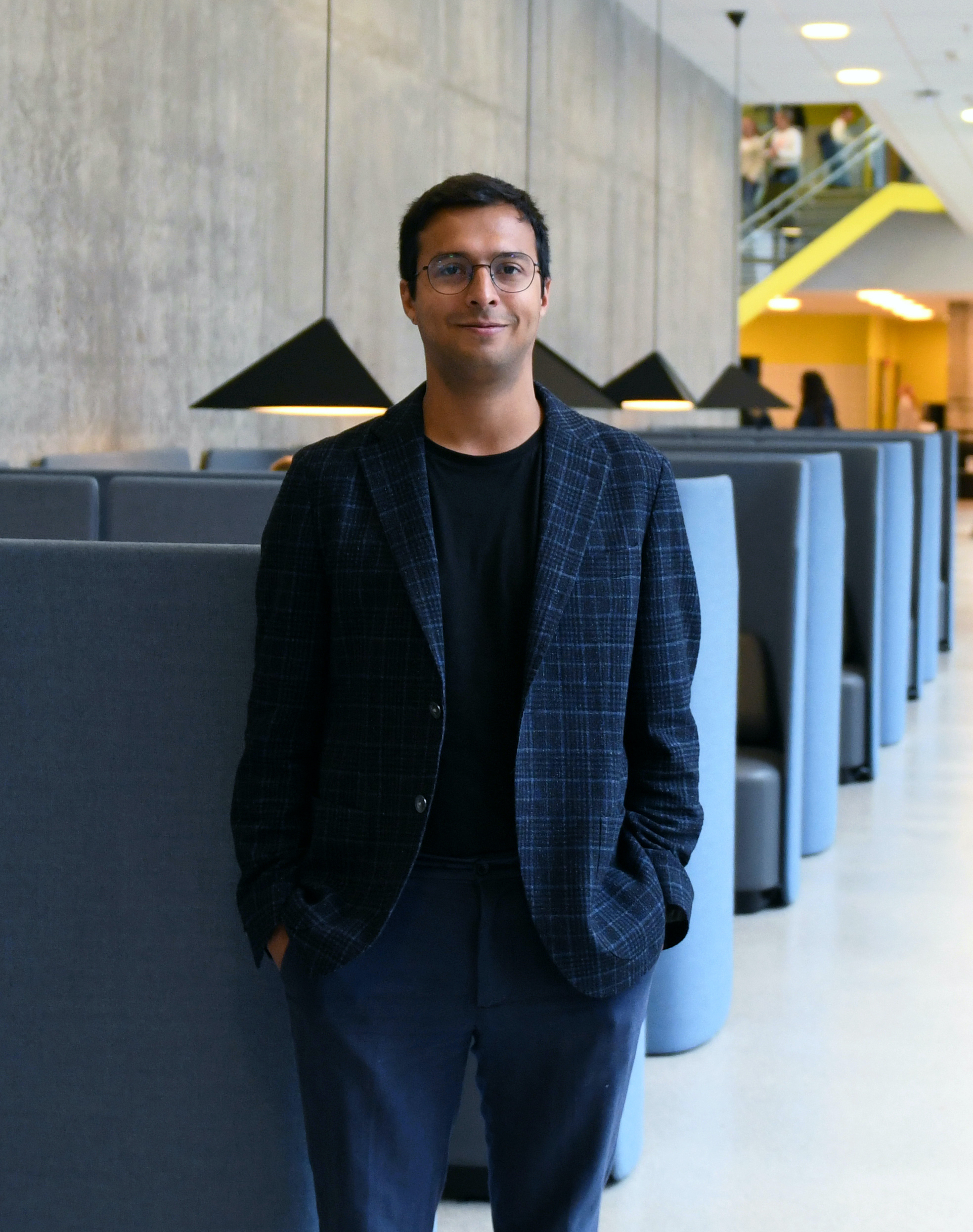About me
I am a Postdoctoral Researcher at the Department of Economics at Aalto University in Helsinki, Finland. Previously, I completed my PhD at FAIR in NHH Norwegian School of Economics. My research lies within the economics of education and behavioral economics. In my work, I study how social environment shapes identity and educational choices, as well as the emergence of gender gaps in education and labor market outcomes.
Email: daniel.carvajal@aalto.fi
You can find my CV here
Working papers
Will Artificial Intelligence get in the way of achieving gender equality?
(with Catalina Franco and Siri Isaksson)
We conduct two surveys with preregistered experiments to examine gender differences in generative AI adoption and potential labor market consequences. First, we document a substantial gender gap in AI adoption among students at a top business school in Norway, with female students, particularly top students, opting out of AI use. Second, a survey of managers shows that acquiring AI skills would significantly enhance job prospects for top female students currently avoiding AI. Finally, we provide causal evidence on policy tools to close the gender gap in AI adoption. Our findings show that generative AI could widen existing gender gaps in the labor market, but appropriate policies can help prevent this outcome.
Exposure to diversity, social proximity and ingroup bias
revise & resubmit, The Economic Journal
As society becomes increasingly diverse, will changes in an individual's exposure to diversity influence their interactions with others? I study prosocial behavior in a large-scale U.S. sample, where participants are exogenously exposed to social contexts with varying levels of nationality diversity. I find that diverse contexts amplify participants' ingroup bias–the tendency to favor one's own group–driven by increased allocations towards fellow nationals and decreased allocations to foreigners, relative to giving in homogeneous contexts where such bias is not present. A change in perceptions of social proximity corresponds to a driver of the effect of diversity in allocations. The findings are consistent across subgroups of the population, which suggests that the study identifies a general heuristic through which individuals identify with groups, where social context–and not only individual characteristics–is key for the emergence of ingroup bias.
